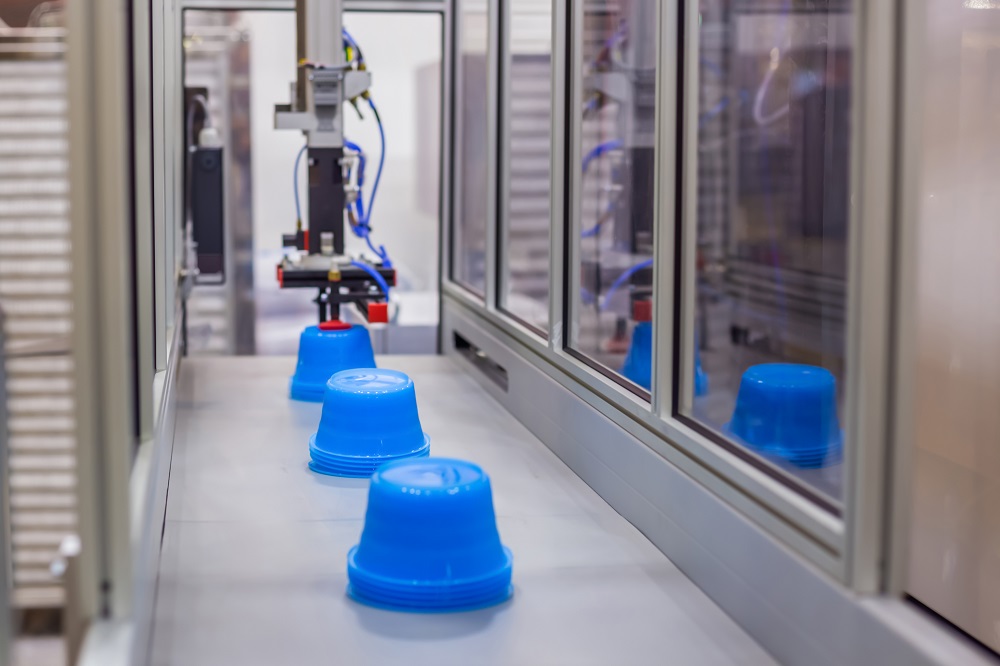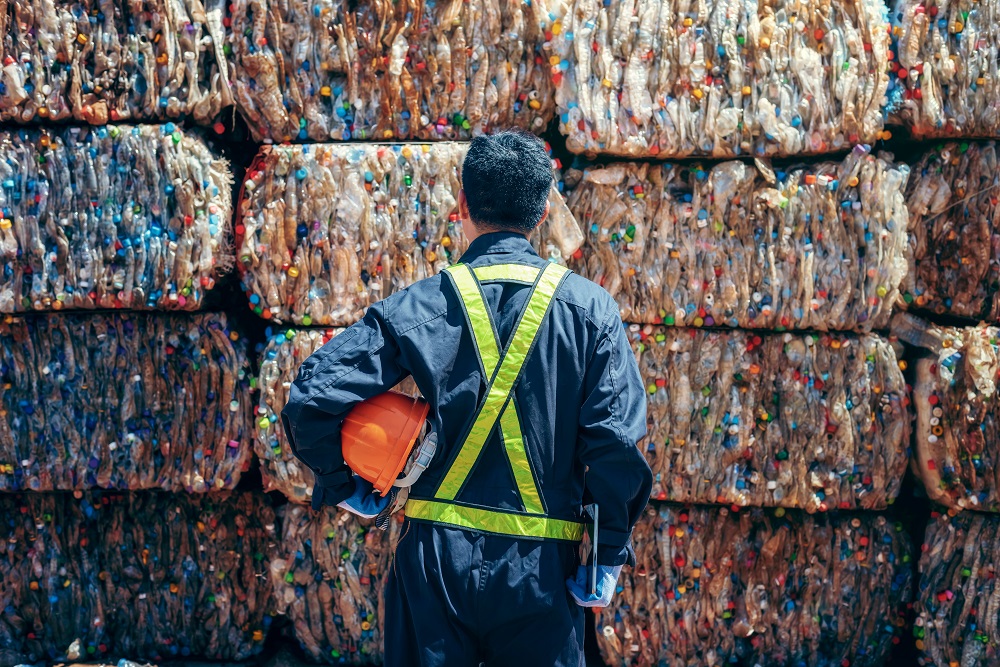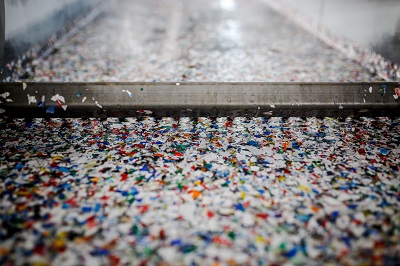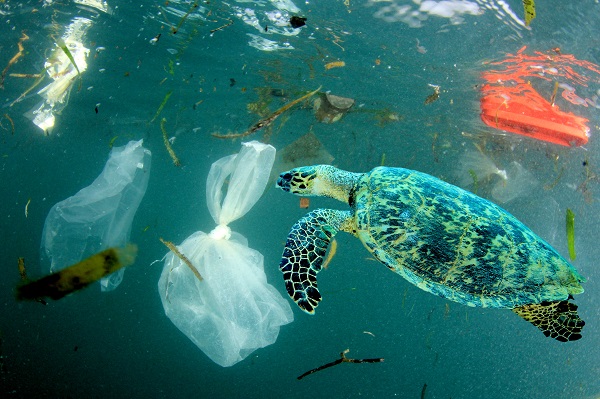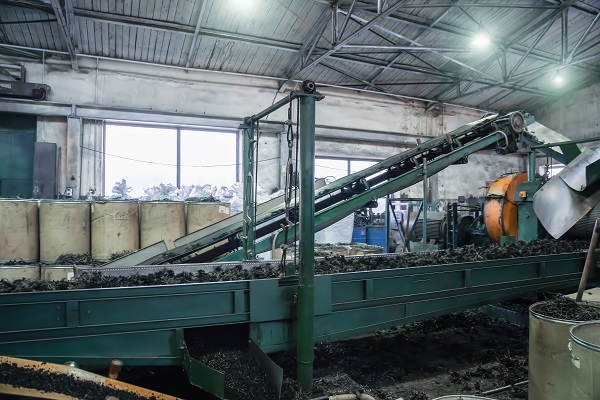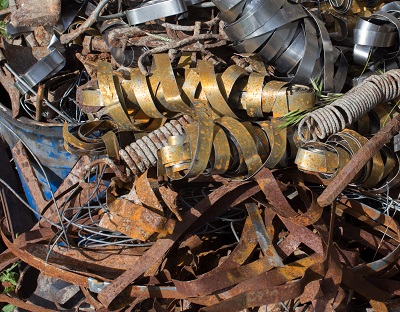Allocating funds to the circular plastics economy is a critical piece of the puzzle. Deploying it where it is needed is quite another. “Investors tend to focus on capital expenditures, such as tangible infrastructure, but the system beyond the facility itself is heavily underfunded,” says Helga Vanthournout, who is an advisor at ADM Capital Foundation. “Collection infrastructure and logistics are all part of a working recycling system and are as important, if not more, but due to their more fragmented and inherently messier nature, don’t rate as highly on an investor’s agenda.”
For advocates who believe that the plastics industry is ripe for disruption, a plastics credit market could offer a way to unlock additional capital. A company buying a volume of credits equivalent to its plastic footprint could help meet the short-term need of paying to remove plastic from the environment while potentially financing the CAPEX and OPEX requirements of a circular plastics economy.
“Buying into a credit programme can turn corporate pledges into the capital and operational expenditure needed to build out the infrastructure and support the communities that engage in waste management activities”, claims Sebastian DiGrande, chief executive of the Plastic Credit Exchange (PCX). “If the private sector understands what it takes to get more quality feedstock, then it can help fund the journey to get there.”










 The scourge of untreated wastewater
The scourge of untreated wastewater Slowing
the chemical tide: safeguarding human and ocean health amid
chemical pollution
Slowing
the chemical tide: safeguarding human and ocean health amid
chemical pollution Hazardous chemicals in plastics - the discussions at INC
Hazardous chemicals in plastics - the discussions at INC







